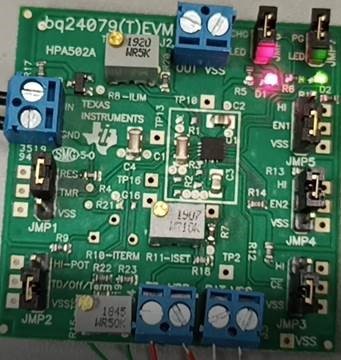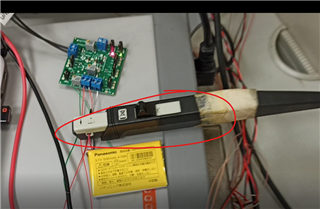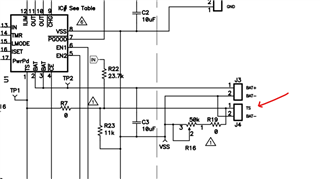Hi Sir,
My customer is using BQ24079T EVM to test charge/no charge function. We found charge current status unstable when TS voltage at 1.36V. As I know the system shouldn't charge at TS 1.36V, could you help to check?
There is a video for you reference.
https://tidrive.ext.ti.com/u/_297bI1veyjtb3tu/2b993653-576c-4804-a3b2-18d08f3b0270?l
Test condition:
- Power supply to supply 5V for TI BQ24079TEVM
- Adjust TI BQ24079TEVM R16 to let TS voltage at 1.36V
- Test MODE(ILIM), EN2(1) and EN1(0)

Thank you.



